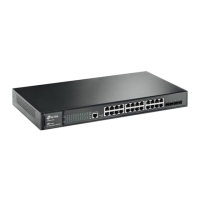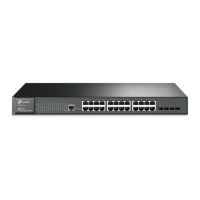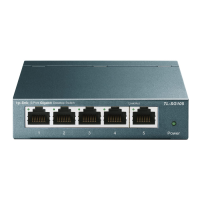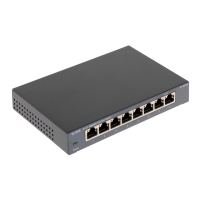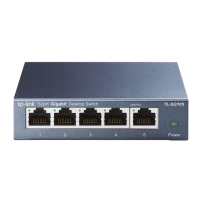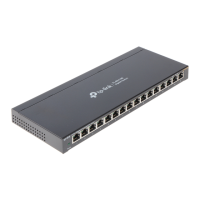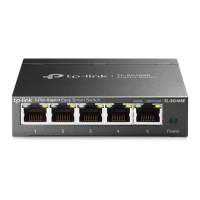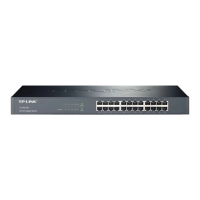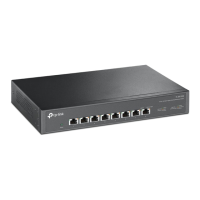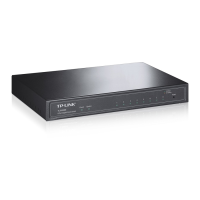189
2. Since the ARP request packet is broadcasted, all hosts in the LAN can receive it. However,
only the Host B recognizes and responds to the request. Host B sends back an ARP reply
packet to Host A, with its MAC address carried in the packet.
3. Upon receiving the ARP reply packet, Host A adds the IP address and the corresponding
MAC address of Host B to its ARP Table for the further packets forwarding.
ARP Scanning function enables the switch to send the ARP request packets of the specified IP
field to the Hosts in the LAN or VLAN. Upon receiving the ARP reply packet, the switch can get
the IP address, MAC address, VLAN and the connected port number of the Host by analyzing
the packet and bind them conveniently.
Choose the menu Network Security→IP-MAC Binding→ARP Scanning to load the following
page.
Figure 12-4 ARP Scanning
The following entries are displayed on this screen:
Scanning Option
Specify the Start IP Address.
Specify the End IP Address.
Enter the VLAN ID. If blank, the switch will send the untagged
packets for scanning.
Click the Scan button to scan the Hosts in the LAN.
Scanning Result
Select the desired entry to be bound or deleted.
Displays the Host Name here.
Displays the IP Address of the Host.
Displays the MAC Address of the Host.
Displays the VLAN ID here.
Displays the number of port connected to the Host.
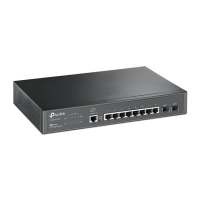
